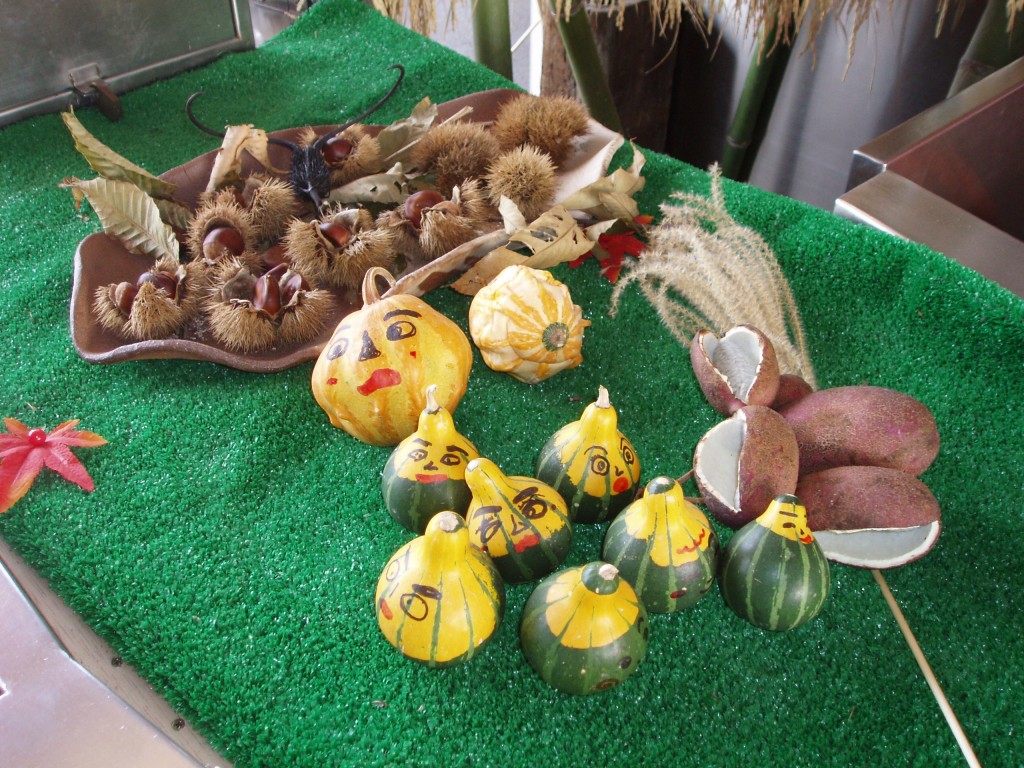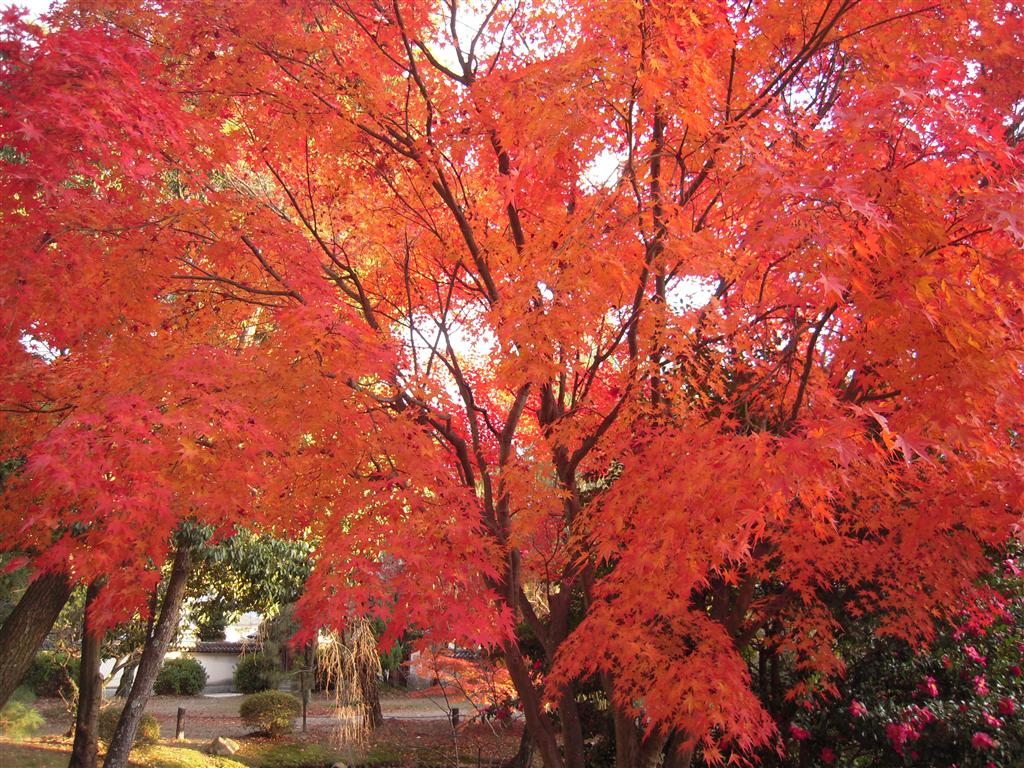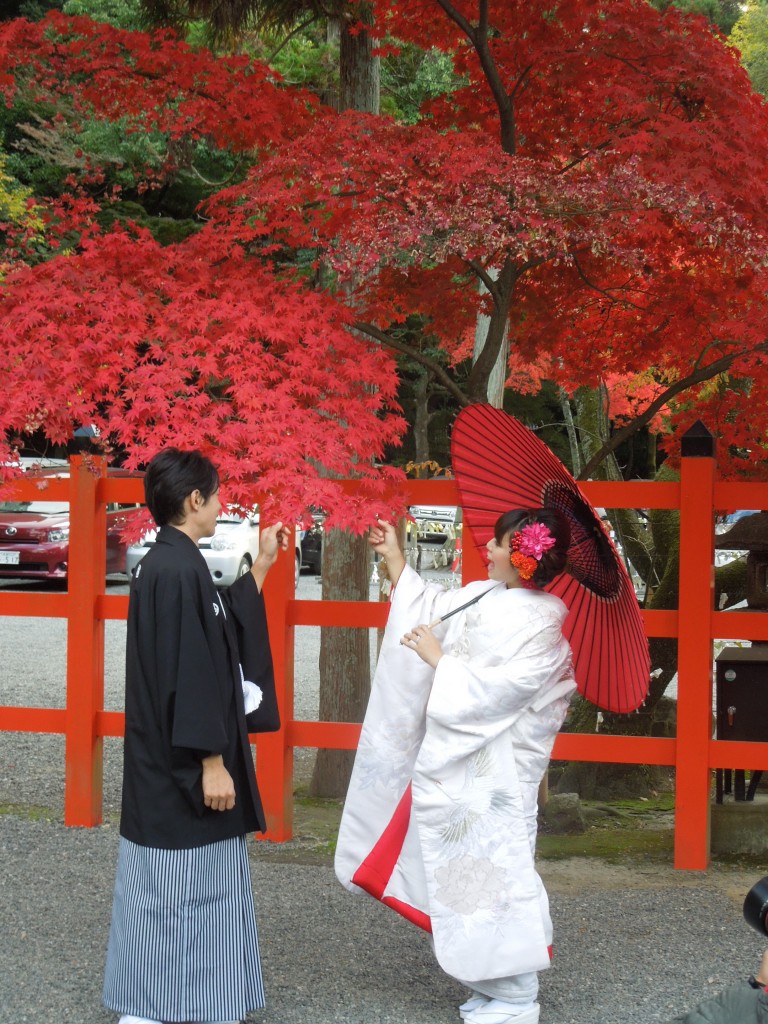Green Shinto friend, Hugo Kempeneer, has written up his visit to a most interesting ceremony at Fushimi Inari which took place recently. It’s a ceremony I’ve never seen myself, but thanks to his very clear videos of the event, I almost feel that I was there in person! (For an 18 minute video of the event, see here. For Hugo’s excellent Kyotodreams blog, see here. All photos copyright Hugo Kempeneer.)
*********************************************
Hugo writes…
Today was the annual Hitaki Sai (火焚祭) Fire Festival at Fushimi Inari Shrine (伏見稲荷大社) in Kyoto. As usual the Fushimi Inari shrine is crowded with people from all over. Today was no different, though the weather was kind of nice and many people where lining up to get a good spot at the festival site. Myself, I was standing in line for more than 1½ hours. It paid off though and I had a first row view. The ceremony is held to express gratitude for the bountiful harvest and to pray for good health of worshippers. More than 100.000 wooden prayer sticks from all over Japan were burned in three separate bonfires.
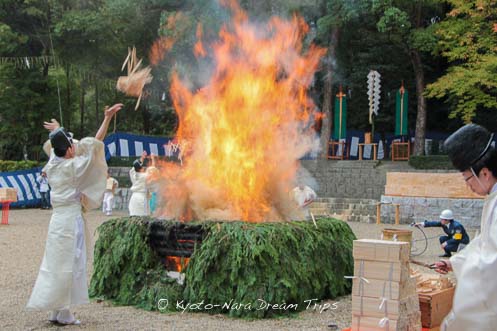
Green Shinto comments: Looking at this, one can’t help seeing the syncretic nature of Fushimi Inari writ large. The ceremony is typical of Shingon Buddhism, and the shrine was appointed by the Shingon founder Kukai to be a guardian shrine of his Heian-kyo temple seminary, To-ji. Still today the Inari mikoshi is brought past the entrance of To-ji in its annual festival, when the Buddhist priests come out to pay their respects. The syncretic nature of Inari belief may be the reason, or one of the reasons, as to why Fushimi Inari is not a member of Jinja Honcho (Association of Shrines).
****************************************
Hugo’s Hitaki Sai Fire Festival Highlights:
The ceremony started at 1.00pm at the main hall of the Fushimi shrine and about 45 minutes later the priests and kagura (神楽) dancers entered the grounds. A cleansing ritual was performed in front of each heap, afterwards the fire starter bamboo sticks were set alight. Three priests lit the three bonfires.
First there was an overwhelming smoke that engulfed all the spectators, but soon it cleared up and the first flames were reaching to the sky. The long and hot task of throwing the prayer sticks onto the fire began. The priests and participants were singing prayers to thank the gods for a bountiful harvest and prosperity. After all, the Fushimi Inari Shrine is dedicated to Inari, kami of rice and business.
In-between the prayers and burning of the prayer sticks was a performance by some pretty kagura dancers, performing a beautiful traditional Kagura dance. They did this three times. The burning of the more than 100.000 prayer sticks lasted for one hour. It was quite an experience, as this was the first time I attended this ceremony at the Fushimi Inari Shrine.
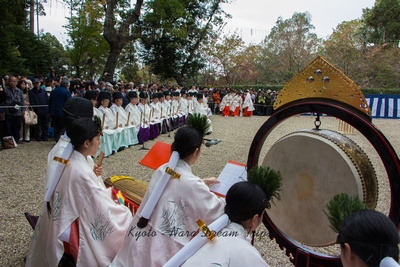
Miko, drum and divine utterance - relics of a shamanistic past
Hugo writes:
During the Hitaki Sai Fire Festival at Fushimi Inari Shrine in Kyoto, Kagura dancers livened up the ceremony. While Shinto priests were busily throwing the prayer sticks onto the bonfires, these pretty miko (巫女) or Shrine Maidens treated us to a traditional Kagura dance. Kagura (神楽) or “god-entertainment” is a theatrical dance—with roots arguably predating those of Noh. Originally called kamukura or kamikura (神座), kagura began as sacred dances performed at the Imperial court by shrine maidens (miko) who were supposedly descendants of Ame-no-Uzume [the dancer in the Rock-Cave Myth, whose bawdy performance leads a curious Amaterasu to emerge from her cave].
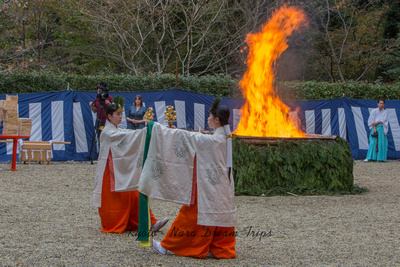
The slow and stately kagura dance performed by miko


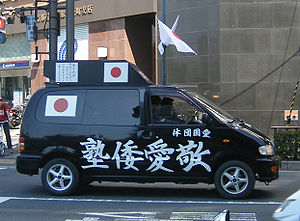

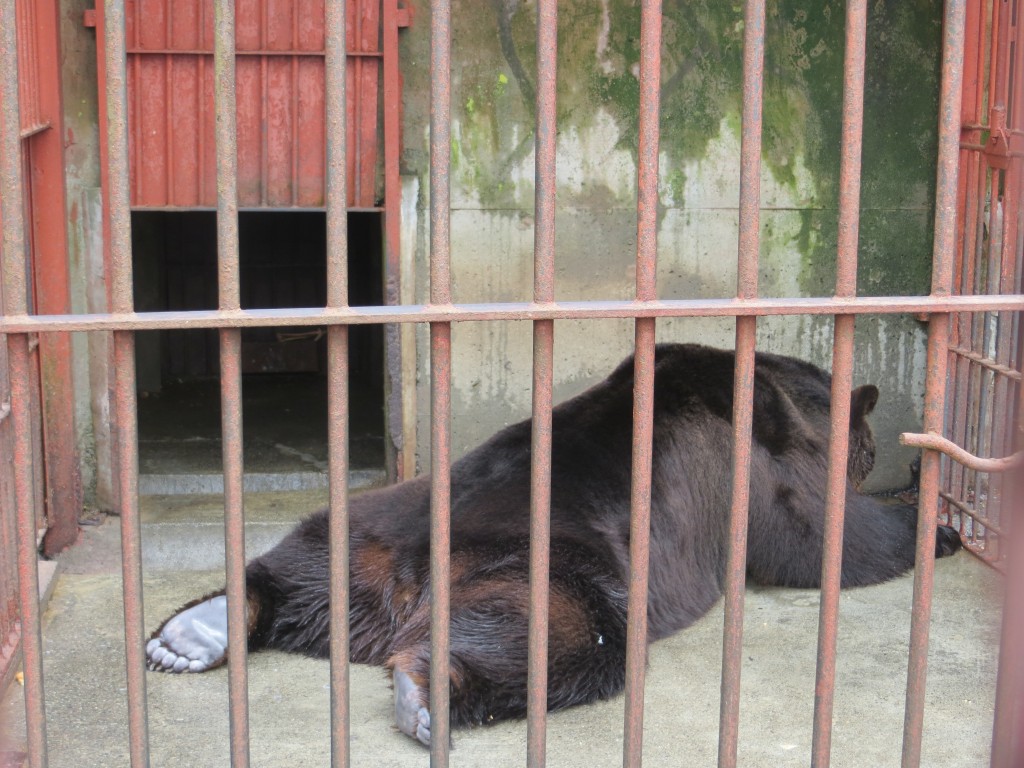
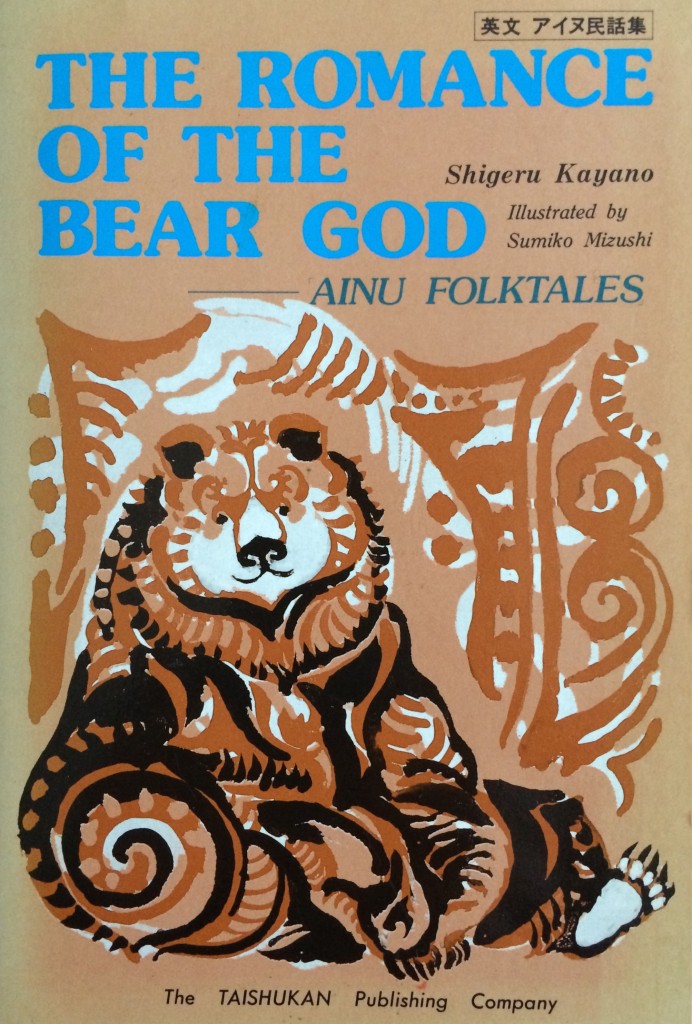

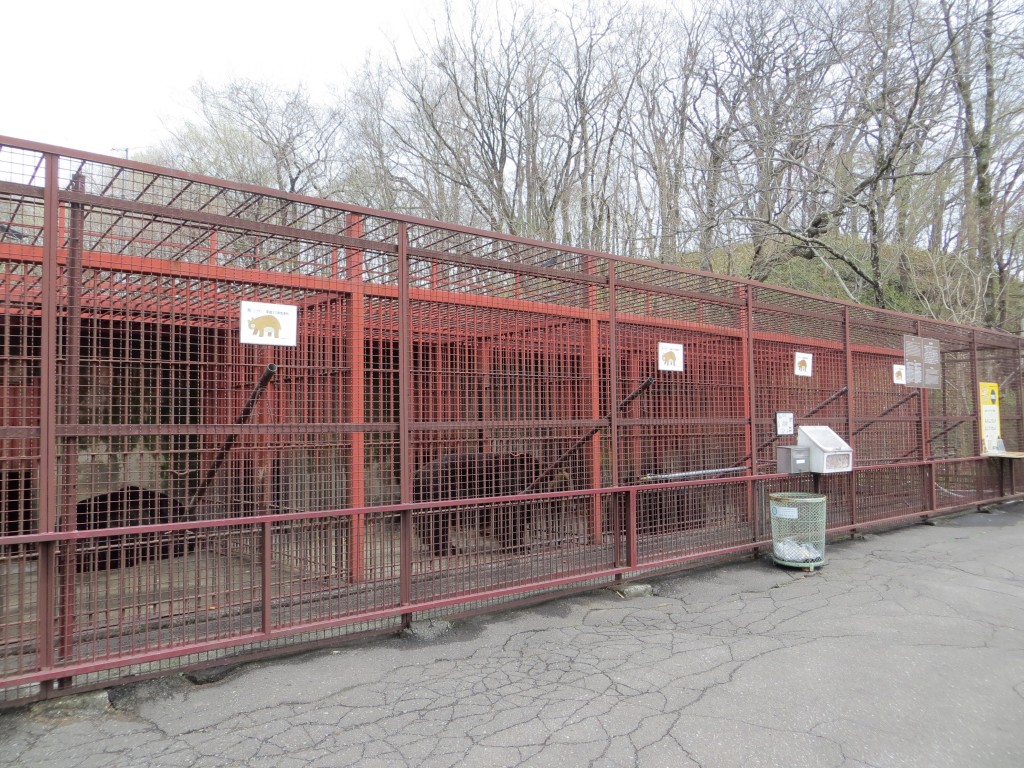
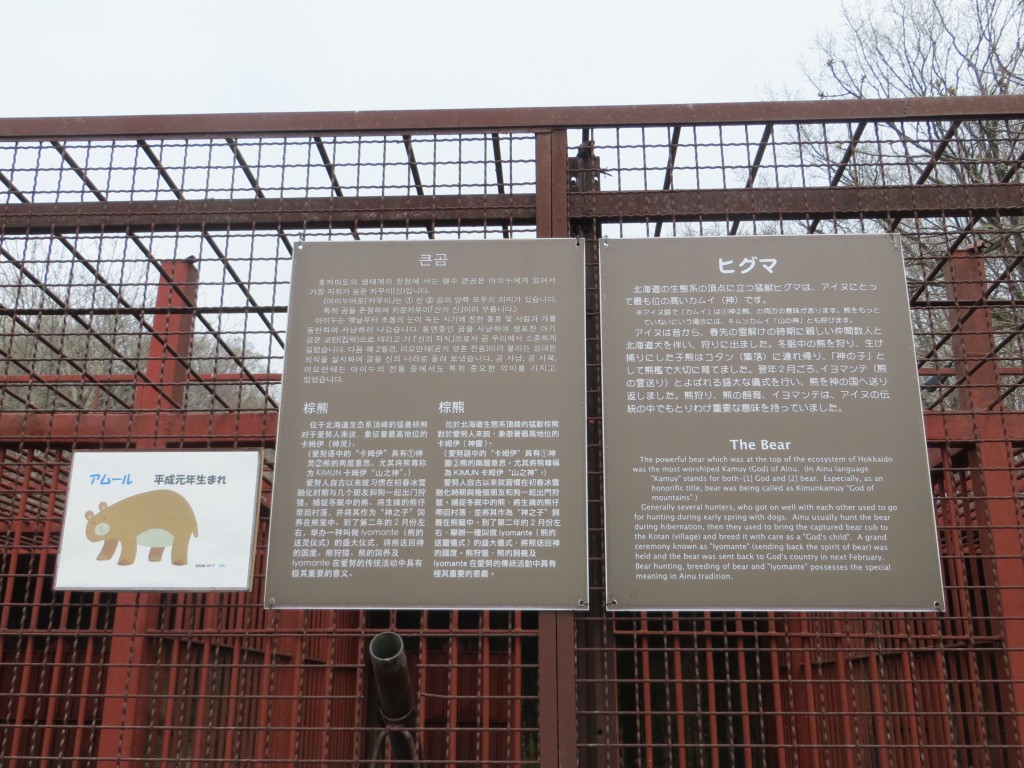
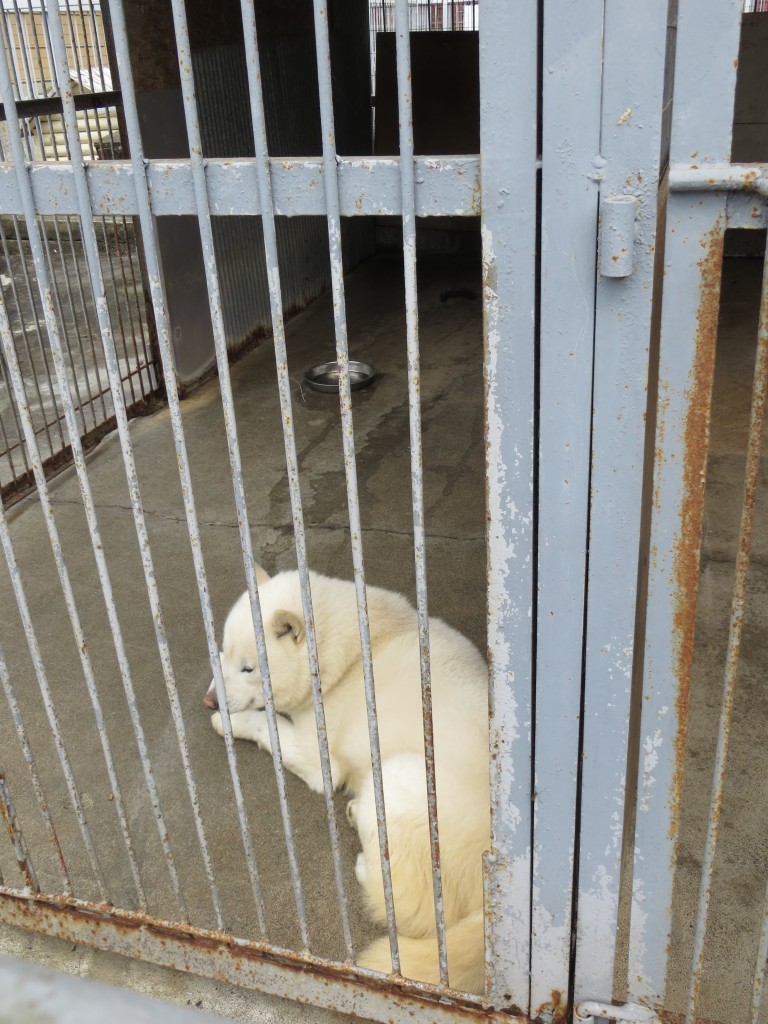
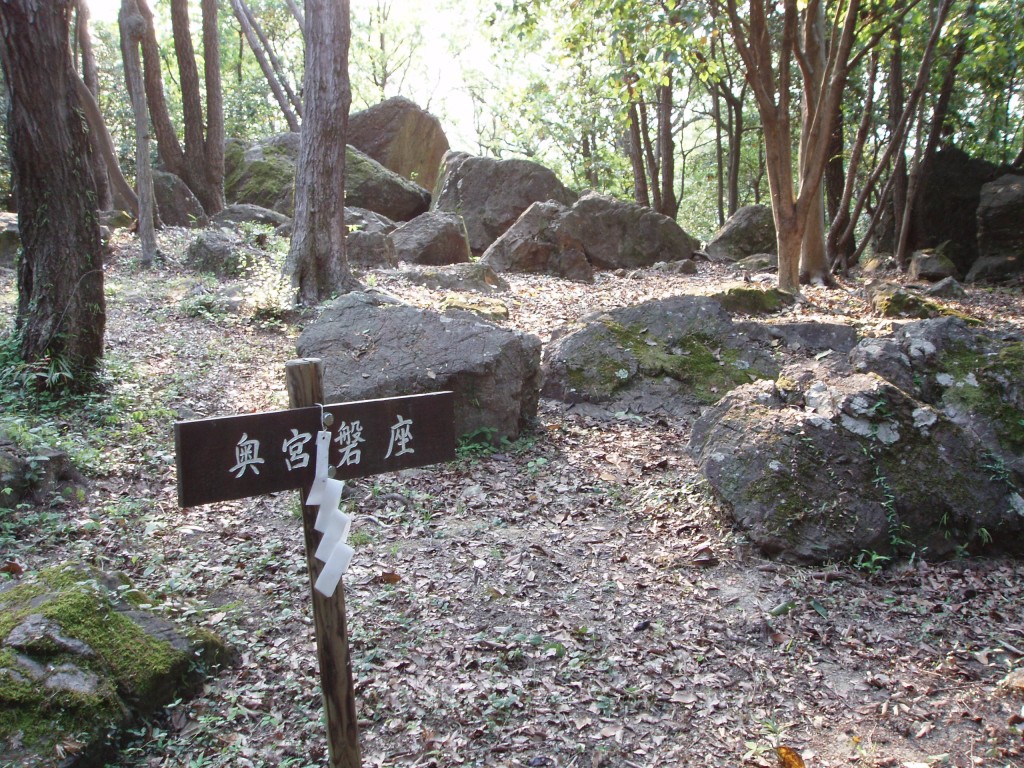
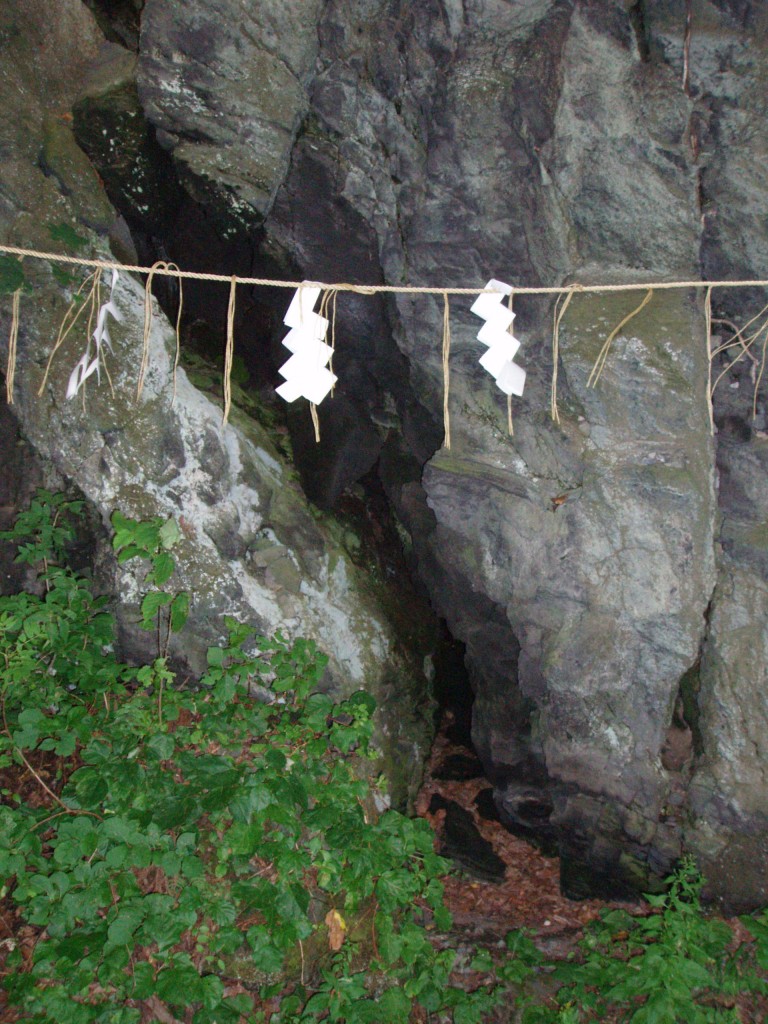 He was sensitive enough to feel the natural vibrating energy; when he sensed the incredible energy coming out of such a ‘purified’ place for the first time, he looked greatly surprised, just asking “why …. why … why…”
He was sensitive enough to feel the natural vibrating energy; when he sensed the incredible energy coming out of such a ‘purified’ place for the first time, he looked greatly surprised, just asking “why …. why … why…”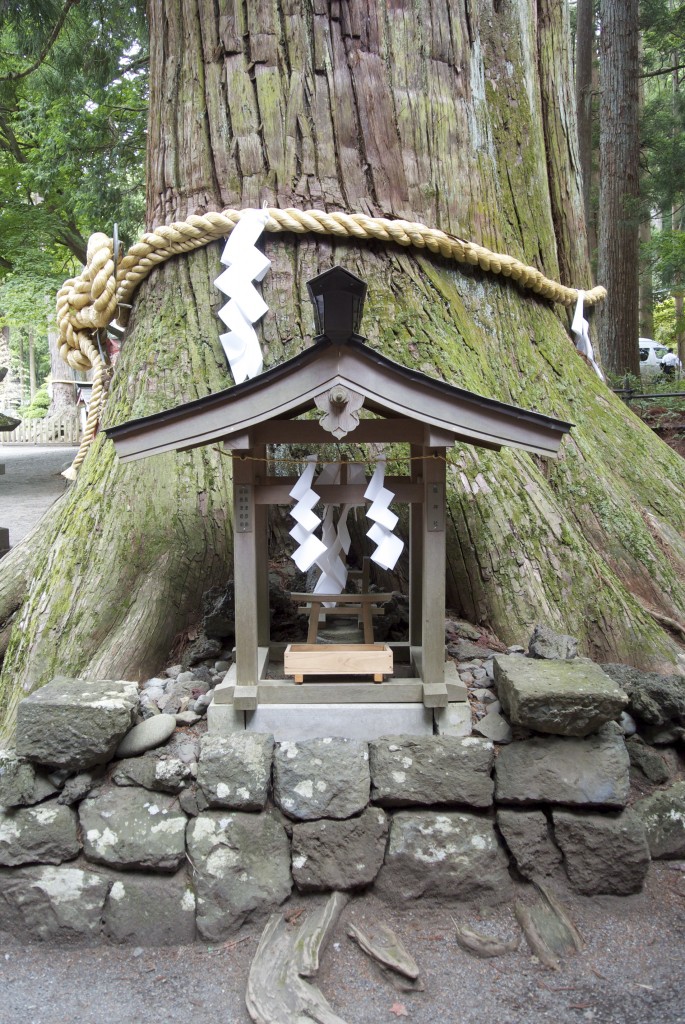
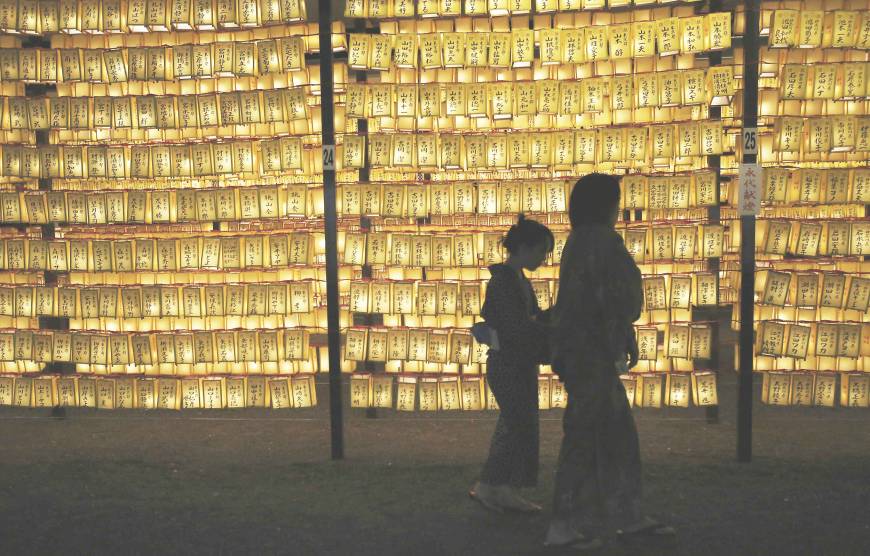
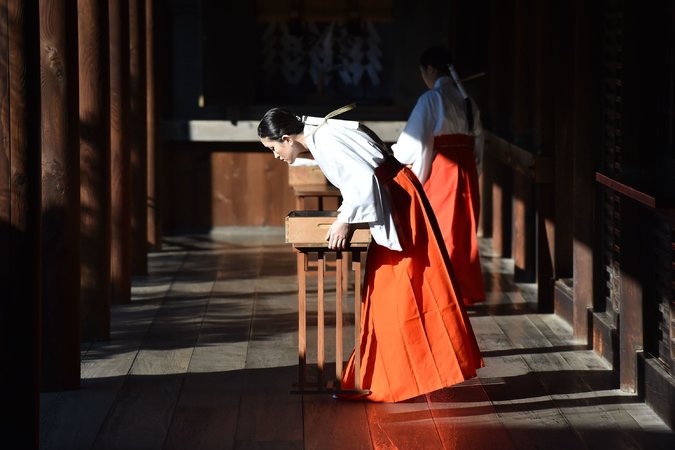




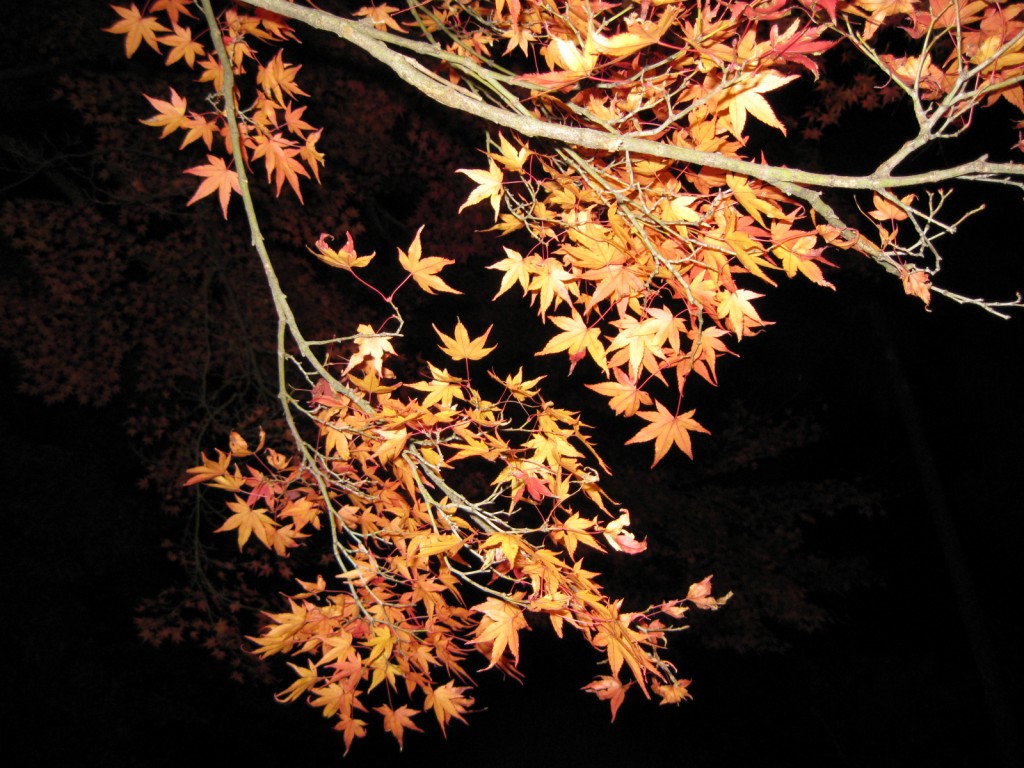
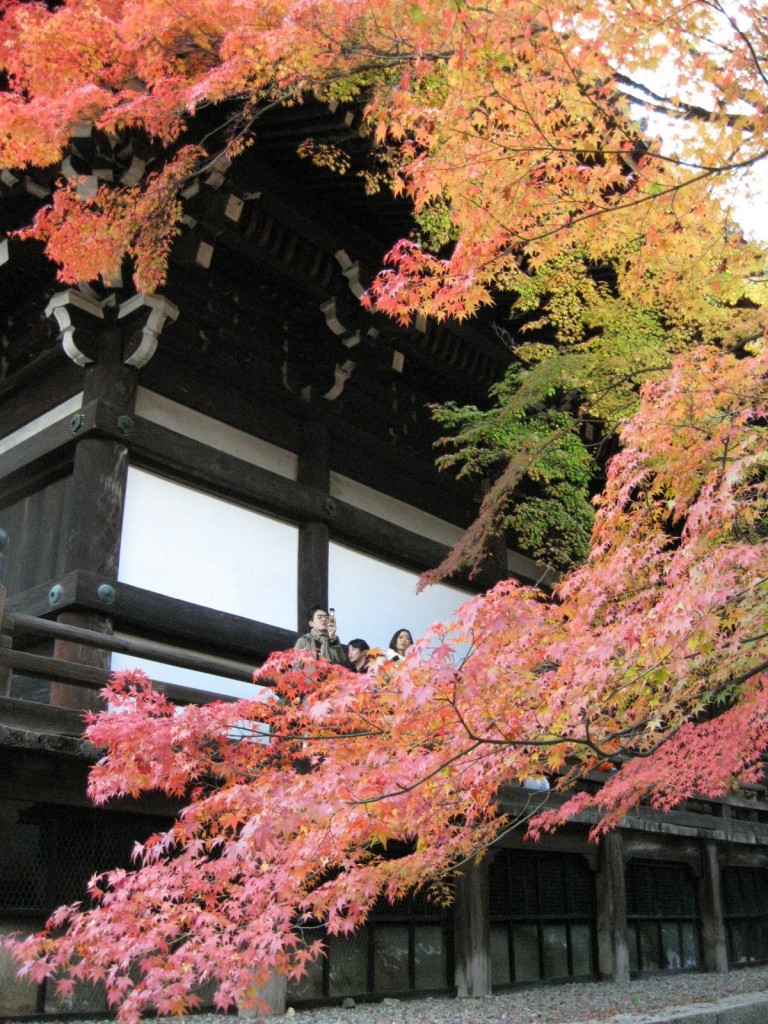 In public Christianity denounces astrology, but many ancient churches from Canterbury to Chartres are full of astrological symbols, and most are built according to an astronomical orientation which is as exact as that of an Egyptian temple. Christian archangels are routinely represented as the great spirits of the heavenly bodies – St Michael being the Archangel of the Sun, for instance, and Gabriel the Archangel of the Moon.
In public Christianity denounces astrology, but many ancient churches from Canterbury to Chartres are full of astrological symbols, and most are built according to an astronomical orientation which is as exact as that of an Egyptian temple. Christian archangels are routinely represented as the great spirits of the heavenly bodies – St Michael being the Archangel of the Sun, for instance, and Gabriel the Archangel of the Moon.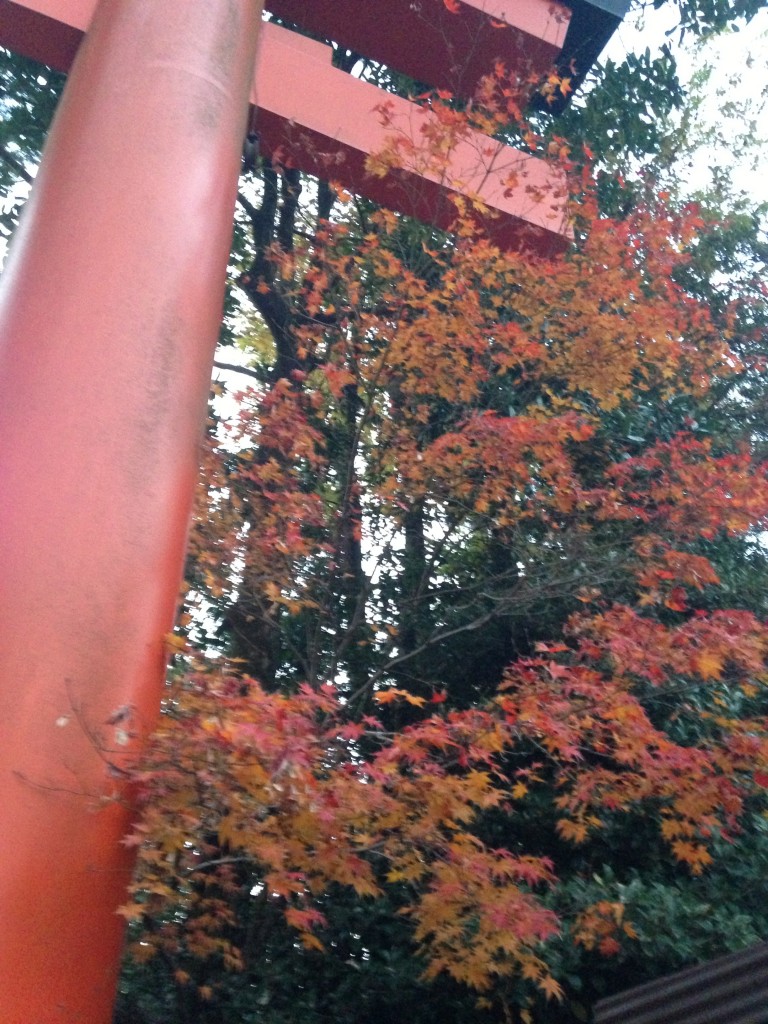 As the mid-point between the autumn equinox and the winter solstice, Halloween traditionally marks the beginning of winter. The spirits that flow first and more easily through the opening of the great cosmic door at this time are the spirits of the dead. Goblins, ghosts and the spirits of the dead are the lowest denizens of the spirit worlds.
As the mid-point between the autumn equinox and the winter solstice, Halloween traditionally marks the beginning of winter. The spirits that flow first and more easily through the opening of the great cosmic door at this time are the spirits of the dead. Goblins, ghosts and the spirits of the dead are the lowest denizens of the spirit worlds.